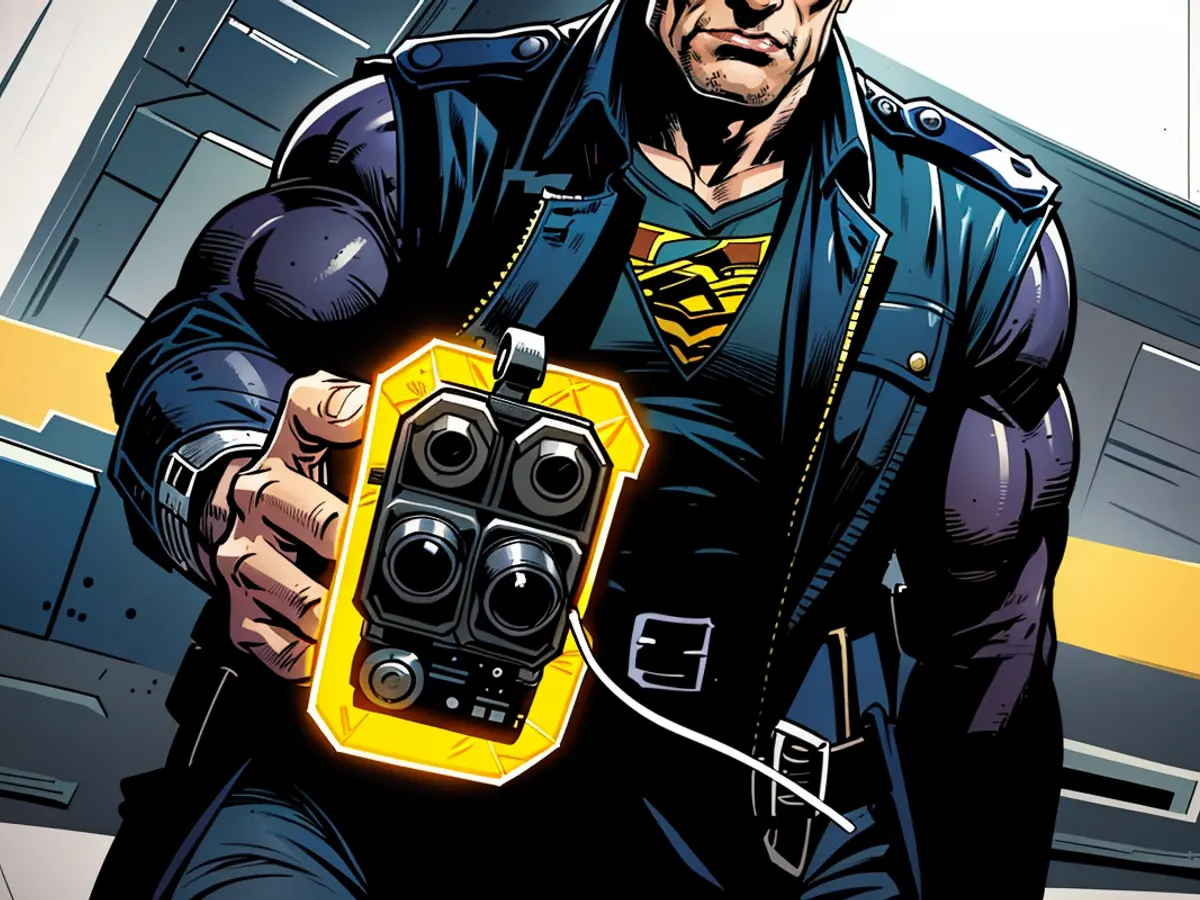Electroshock Pistol - Police: Fewer Taser deployments in the first half-year
In the first half of the year, there were fewer calls for police to use a so-called Taser in North Rhine-Westphalia (NRW), Germany, compared to the same period in 2023. According to the Interior Ministry, officers in NRW used the Distance Electroshock Weapon (DEIG), its official name, 631 times from January to June. In the first half of 2023, the number of uses was 736.
What remained the same: The police officers usually just had to take out the Taser and threaten with it for it to be effective. In the first half of 2024, the devices were only fired 136 times. The proportion of "threats" was 78.4%, according to the Ministry. In the same period in 2023, it was 82.4%.
The Taser was introduced as a police tool in some police departments in 2021. The devices are politically controversial - even among the governing coalitions of CDU and Greens in NRW. During the coalition negotiations, it was agreed to continue testing the Tasers until 2024. According to a paper from the Interior Ministry for the Landtag, the "comprehensive scientific evaluation" of various aspects (including a medical assessment) was expected to still be for the spring of 2025.
- Despite the decrease in Taser usage during the first half of 2024 in North Rhine-Westphalia, the Interior Ministry reported that the police operation still relied heavily on the threat of using the Distance Electroshock Weapon.
- The Police operation in Düsseldorf, specifically, witnessed a significant reduction in the actual firing of Tasers, with only 136 instances in the first half of 2024.
- The Interior Ministry in North Rhine-Westphalia is planning a comprehensive evaluation of the Taser technology's impact on criminality, aiming to provide a medical assessment and other relevant aspects by the spring of 2025.
- Amidst political controversies, the police in North Rhine-Westphalia have continued to utilize Tasers as part of their operations, following an agreement during coalition negotiations to test the technology until 2024 in selected police departments.








